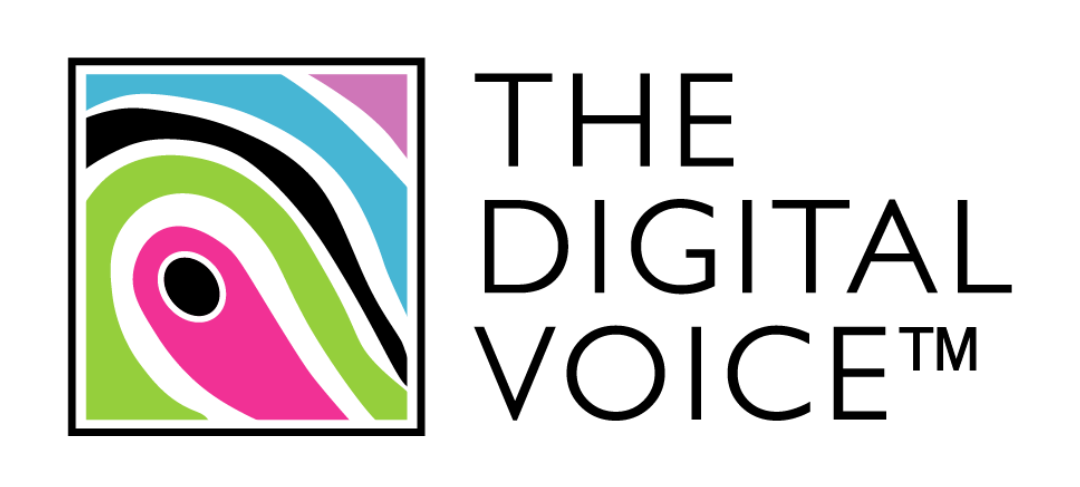Combine your influencer and affiliate marketing campaigns, and let the results speak for themselves

Matt Sheppard, Regional Vice President, Customer Success at impact.com describes how the convergence of influencer and affiliate marketing offers a world of performance potential, and advises brands on how to get it right
Today’s digital advertisers face some sobering challenges. Consumers are increasingly ad blind – to the point that only 2% of them consider traditional ads an important part of their buying process. Meanwhile, marketing budgets are tighter than ever, so marketers are being asked to do more, with less, for the benefit of consumers who aren’t listening.
But there is hope. Innovative, forward-thinking marketers and their teams are increasingly looking to the partnership economy – creators, affiliates, commerce partners, referral programmes and more – as a means of engaging audiences in a spirit of trust and authenticity. And many of them are finding particular success in combining two previously siloed disciplines: influencers and affiliates.
Influencer and affiliate convergence
Historically, influencers were considered the right partner group to drive metrics like brand awareness at the top of the funnel, while affiliates were considered best placed to secure a conversion at the narrow end. These two partnership types operated concurrently but independently, often run by different teams from the same marketing department.
Yet, for many brands, combining influencer and affiliate marketing into the same campaign has proven hugely beneficial. It allows brands to build a full-funnel campaign that touches all points of the consumer journey, raising brand awareness, driving conversions and boosting KPIs.
The results speak for themselves. impact.com research shows that marketing teams who combine influencers and affiliates achieve 46% higher affiliate-based sales than brands that use only affiliate partners.
Greater diversity in a campaign’s partner mix has other benefits too, offering a greater range of creative opportunities, broader measures of success, and a varied commission structure that ensures resources are maximised, with minimal wasted budget.
The attribution and measurement challenge
Attribution and measurement are two of the stickiest issues performance marketing currently faces. As signals diminish for privacy and regulatory reasons, and channels compete for credit, accurate campaign measurement and cross-channel, cross-platform, cross-device attribution are becoming harder – yet more important – than ever.
Combining influencer and affiliate marketing requires granular, universal tracking that rewards each party for their work across the entire funnel. The solution is a unified tech stack that provides partner management, reporting and tracking via one platform.
A unified platform allows brands to build a truly universal picture of how their influencer and affiliate campaigns are performing across all channels and touchpoints. This allows marketers to understand how each impacts every step in the customer journey. It also enables fair partner compensation, and provides the right data to inform strategic decisions in the future.
Combining affiliate and influencer
Combining affiliate and influencer marketing sounds simple, but it needs careful execution to maximise performance. These two partnership types work in a similar space, so watching for inefficient overlap is essential. This helps avoid issues like over- or under-paying partners, give stakeholders a holistic view of campaign performance, and allow the teams to seamlessly work together on any opportunity that may present itself.
The partnership economy works best when brands and partners work together over extended periods. This gives time to develop a nuanced, efficient working relationship that is built on an understanding of what each influencer and affiliate brings to the table, and how they can be supported in engaging an audience. As time goes on, performance metrics will build an increasingly accurate picture of what works, allowing data-driven decisions to shape campaign optimisation.
Convergence also plays into important channel shifts. Social media is an incredibly important research platform for consumers – even challenging traditional SEO – and combining influencer and affiliate campaigns increases a brand’s opportunity to engage an audience as they investigate a product or service.
The partnership economy is also proving a powerful ally for brands in the retail media space. Affiliates and influencers make good use of retail media’s access to first-party data. They bring highly engaged audiences into a retail environment and deliver conversions, lowering acquisition costs in comparison to traditional media.
Further good news is that combining affiliate and influencer campaigns comes with little risk. Brands can start small to understand the process, before moving onto larger budgets. Because this kind of marketing works on a CPA basis, it is accessible to those with modest means, and its value remains easy to prove.
By converging influencer and affiliate marketing, breaking down silos and adopting a unified approach, brands can engage consumers across the entire funnel, while maximising budget efficiency and driving greater understanding of performance. With a unified management platform, clear attribution, measurement and a willingness to experiment and scale, combining affiliate and influencer offers them a low-risk, high-reward opportunity.
Also published in: Modern Retail



